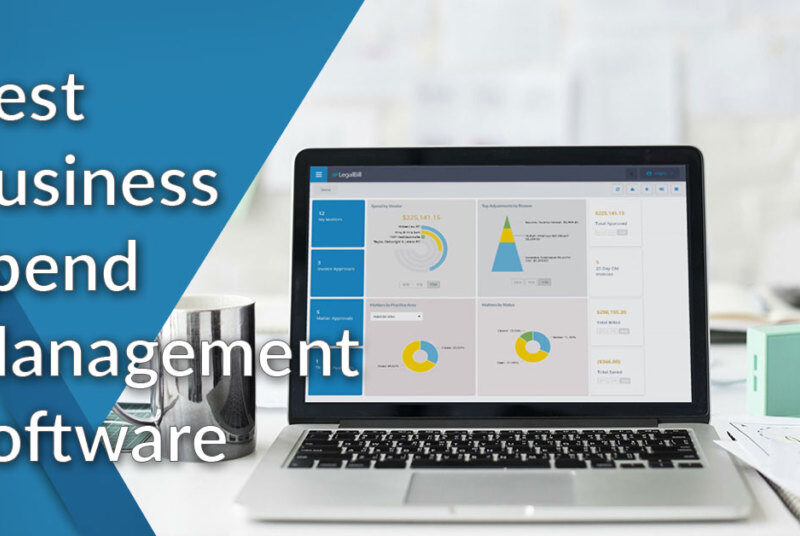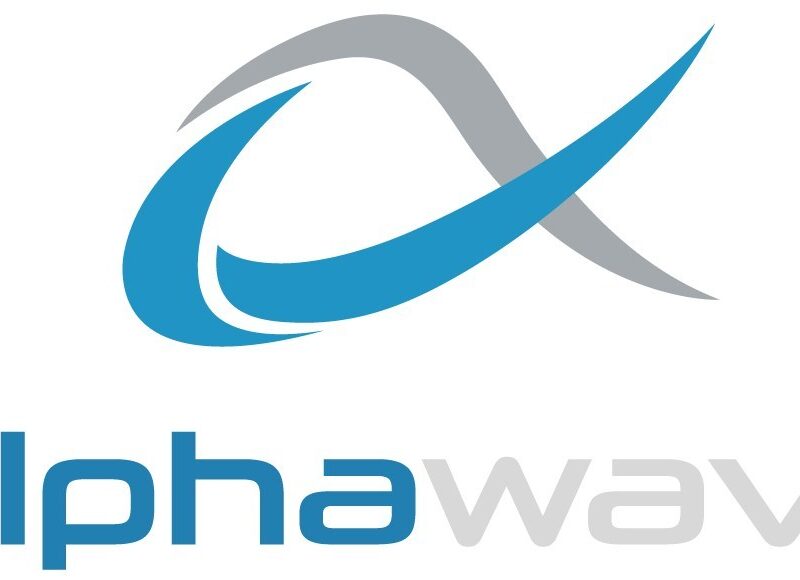Cloud Workload Protection Platform (CWPP) is a security tool that detects and clears away cloud software threats. CWPP is like an auto mechanic, except it’s inspecting the inside of a cloud service, not the car, and it catches engine failures and malfunctions in your vehicle before they cause more damage. CWPP automatically monitors a variety of workloads, including on-premises physical servers, virtual machines, and serverless activity.
What is a Cloud Workload?
In aggregating, a workload is a business or operation that consumes a certain amount of memory and processing power. In cloud computing, workloads are just that but hosted casually by a cloud provider. Previously, all workloads ran on natural machines. However, in the era of cloud computing, workloads run at varying levels of abstraction.
An “abstraction layer” is a point at which low-level functionality interacts with high-level functionality and is isolated so that someone or anything that interacts with high-level functionality typically does not touch low-level functionality. Increase. For example, most users don’t know how to program computers but can use them because related programming languages are abstracted with graphical user interfaces and user-friendly functions.
The cloud computing abstraction layer enables more efficient use of cloud servers. For example, virtual machines hypothetical the basic server housewares. Multiple virtual machines can race on one of the physical servers, allowing numerous cloud businesses to use the server simultaneously. However, these complex layers of abstraction also add to the complexity of cloud computing, especially in protecting the various cloud workloads used.
What are the Main Features of CWPP?
According to Gartner, a global research and advisory firm, the following eight functions define CWPP:
Hardening, Configuration and Vulnerability Management:
CWPP helps ensure that software is free of vulnerabilities, even before it is pushed into production.
Network firewalls, visibility, micro-segmentation:
CWPP secures and microsegments the network. The recent term means dividing the network into smaller pieces so that an attacker cannot simultaneously accommodate the entire network.
System principle assurance:
CWPP ensures that cloud systems work as intended.
Application Control and Admission List:
CWPP grants and blocks function based on the list of allowed applications. Exploit avoidance and consciousness protection. CWPP prevents the exploitation of vulnerabilities in actively running software.
Server assignment endpoint disclosure and response (EDR), behaviour monitoring, threat disclosure and response:
CWPP responds to suspicious adjustments in server and operation behaviour and effective threats.
Host-based imposition prevention with Vulnerability Shield:
CWPP prevents outside intrusion into your server.
Antimalware scan:
CWPP detects malware embedded in cloud workloads. CWPP can apply these capabilities to any workload, counting environmental servers, constructive machines, containers, and serverless action.
How do CWPP secure multi-cloud and hybrid cloud deployments?
CWPP can cover various workloads, making it ideal for opposing infrastructure beyond multiple clouds. Multi-cloud deployments, which associate numerous public clouds, and hybrid cloud deployments, which associate public clouds with personal clouds and on-premises infrastructure, encompass different workloads. CWPP administer a “single pane of glass” district organizations that can easily aspect and consider cloud security risks for these workloads.
Cloud Security Posture Management (CSPM) is an automated tool to secure various cloud deployments. The main characteristic is that CSPM is external and looks for cloud misconfigurations and compliance violations. CWPP is internal and looks for threats in software running in the cloud.



